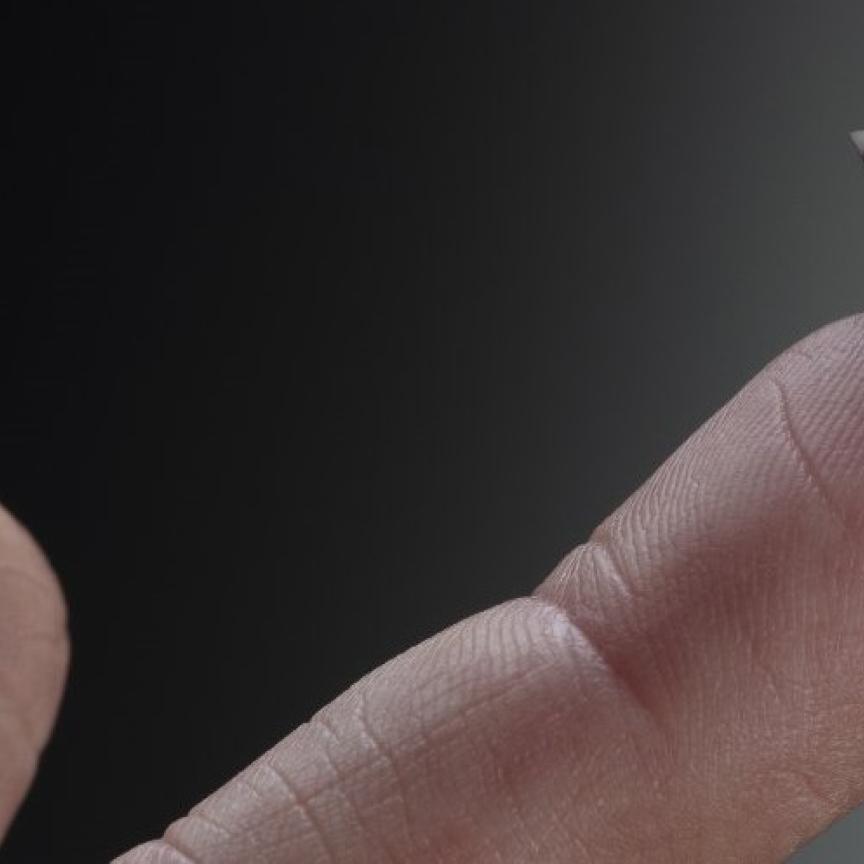Land Rover has turned a Defender 110 into the world’s first mobile volcano observatory, able to reach and measure active volcanoes never studied before. The Land Rover containing spectrometers and other detection equipment will attempt to quantify volcanic gas emissions in the South American Andes, with a goal of better understanding volcanic effects on climate.
The unique scientific field trip – which is due to start within the next few days – will cover more than 4,000 kilometres from Peru to the southern tip of Chile, and will contribute to clarifying quantities and movements of volcanic carbon emissions on a global scale.
The ‘Trail by Fire’ expedition is being funded by Land Rover and the Royal Geographical Society. In addition, a number of other partners have donated instruments to the project, including Ocean Optics and Thermo Fisher Scientific which have both supplied spectrometry equipment.
Ocean Optics’ Flame spectrometers will be flown directly below volcanic plumes on UAVs, taking differential optical absorption spectrometry (DOAS) measurements to quantify sulphur dioxide (SO2) levels.
In order to reach some of the most remote and hard to study volcanoes on earth, the team will use TurboAce Matrix UAVs to carry the spectrometers to the volcanic plumes for measurement. The spectrometers are controlled by the UAV’s onboard microprocessor, integrated with Ocean Optics’ open source SeaBreeze drivers.
Spectral data collected by the Flame are saved to the UAV's onboard memory and wirelessly beamed back to the ground station. This real-time feedback will allow the expedition team to verify operation and make measurement adjustments as the UAV is in flight. The spectrometer’s modular design, with interchangeable slits to adjust resolution and throughput, will enable the team to respond quickly and easily to changing conditions in the field.
The Flame’s small size and low weight (265g) were key factors in its selection, as payload weight, always an important consideration for UAVs, is especially critical at high altitude.
Thermo Scientific has supplied a Delta Ray Isotope Ratio Infrared Spectrometer (IRIS) to enable simultaneous determination of δ13C and δ18O isotopes in CO2.
The Delta Ray is the newest tool in volcano monitoring, and has only thus-far been employed at a few volcanoes. The special power and compressed gas requirements for running the Delta Ray were key issues addressed by the Special Vehicle Operations group at Land Rover. It will permit continuous measurements of ambient, atmospheric CO2, as well as targeted sampling of volcanic plumes, fumaroles, and hydrothermal vents.
In order to employ the Delta Ray spectrometer, the team need to physically obtain gas samples directly from volcanic plumes, which are often far overhead or out of reach. Engineer and inventor Ben King is applying his skills in complex mechanical systems design to create a custom gas sampling device to be mounted on one of the quadcopters.
The system will pump gas into one litre bags made out of a special plastic called Tedlar, inside a plastic box on the quadcopter. It's a vacuum sampling system, meaning that the bags are in a box, and instead of pumping gas into the bags, the air is pumped out of the box. This avoids putting the sample through the pump which could be a source of contamination. Once the gas is then on the ground, it will be analysed by the Delta Ray to get the δ18O and δ13C ratios in the plume CO2.
Related stories
Whitepaper: Volcano research enhanced with Flir Thermal Imaging Cameras
Lidar systems installed across UK to detect volcanic ash
Further information


